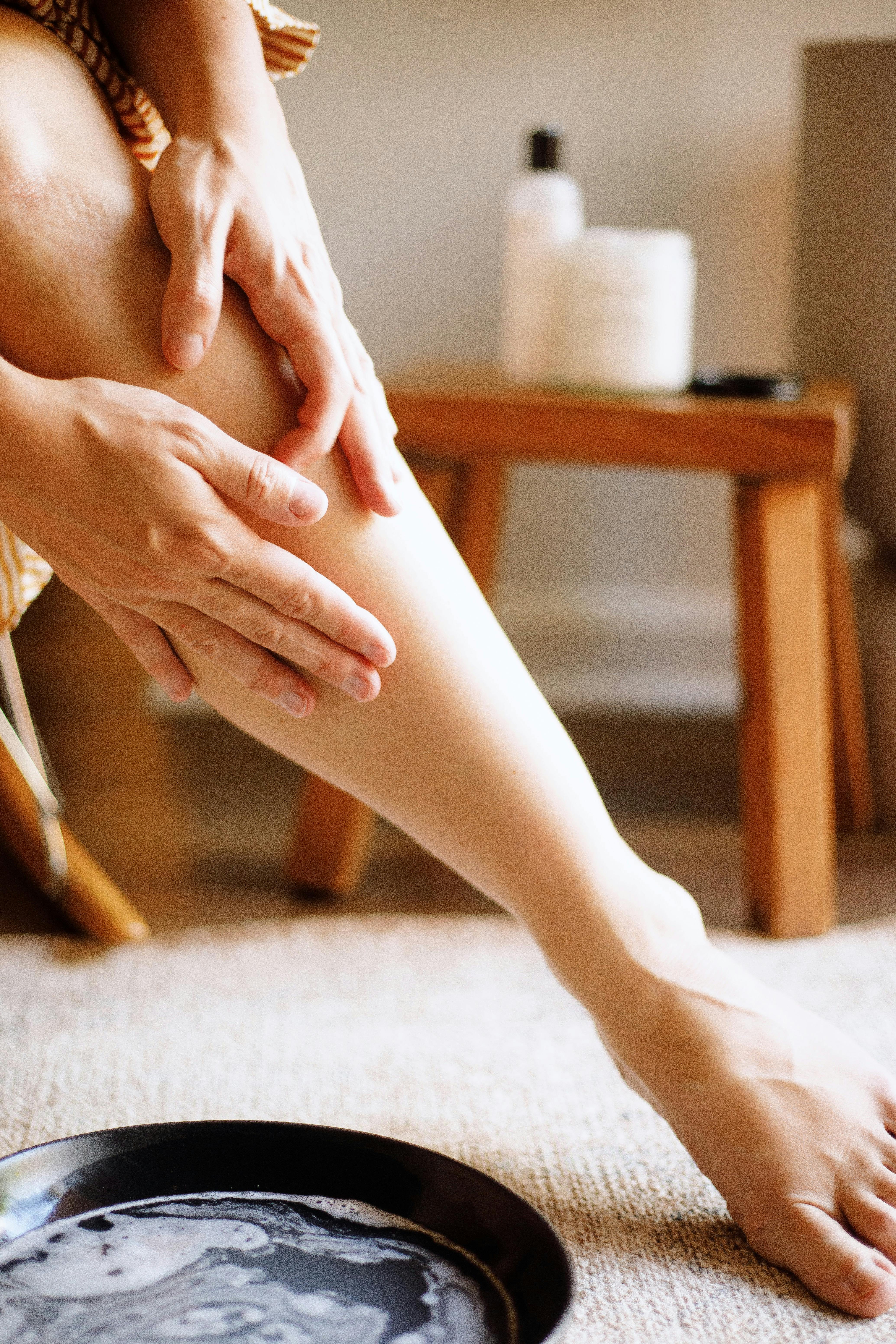Preparing Your Feet for At-Home Pedicures: A Practical Checklist
Preparing your feet before an at-home pedicure improves comfort, safety, and results. This short preview outlines key steps—inspection, gentle soaking, trimming, and hygienic precautions—that set the stage for a smoother, more effective routine you can do in your bathroom or while caring for someone in residential care.

Preparing your feet for an at-home pedicure begins with a calm, deliberate routine that prioritizes hygiene and basic assessment. Take time to inspect the skin and nails, note any swelling or redness, and gather supplies such as a basin, mild soak, pumice, nail clippers, and moisturizer. A careful start reduces the chance of irritation or accidental injury, especially for people with chronic conditions or limited mobility. Keeping the environment clean and well-lit helps you perform each step with attention.
This article is for informational purposes only and should not be considered medical advice. Please consult a qualified healthcare professional for personalized guidance and treatment.
How to do an initial assessment of your feet?
Before soaking, perform a brief self-assessment or use a simple questionnaire to record concerns: pain, recent cuts, swelling, or circulation changes. Note any discoloration under nails, persistent dryness, or signs of infection. If you or the person you care for receives residential care or has limited mobility, involve a nurse or caregiver in the assessment. Documenting findings helps if you later consult a healthcare facility or medical profession member for diagnosis or further care.
When is a foot issue related to broader health?
Foot symptoms can sometimes reflect systemic issues. Persistent swelling, unexplained pain, or wounds that do not heal may warrant professional diagnosis. If you have a history of diabetes, vascular disease, or other chronic conditions, consult an appropriate healthcare professional before aggressive at-home treatment. In some cases, a visit to a clinic or healthcare facility can rule out conditions that require medical procedures rather than cosmetic care.
Can foot care relate to cosmetic concerns?
Many at-home pedicures are cosmetic in intent—cleaning, smoothing calluses, and applying polish. If you’re considering more invasive changes or corrective steps tied to cosmetic surgery, discuss expectations with a licensed practitioner. Avoid equating pedicure routines with clinical procedures: cosmetic procedures such as toe-related corrective surgery are performed by specialists, while at-home care should focus on safe, noninvasive measures that support foot wellness.
Should dental or mouth specialists be involved?
Direct involvement of a dentist, orthodontics specialist, or other mouth-focused professionals is uncommon for routine foot care. However, there are instances where multidisciplinary care is relevant: some systemic inflammatory conditions affect both oral health and joints or soft tissues. If you receive treatment from a dentist or orthodontist for broader systemic conditions, mention any persistent foot swelling or joint issues to your medical team so they can coordinate diagnosis or referral as needed.
What procedures or tools should you use at home?
Use gentle, nonabrasive tools and follow a clear procedure: warm foot soak of 10–20 minutes, thorough drying, careful trimming of nails straight across to reduce ingrown nails, and modest callus reduction with a pumice or foot file. Avoid cutting cuticles aggressively. Store tools in a clean container and disinfect metal implements after each use. For people in residential care or those who require assistance, trained nurses or carers should follow facility protocols to maintain safety and infection control.
How does wellness and research inform safe foot soaks?
Current research and wellness guidance emphasize moderation: overly hot soaks or extended soaking can strip natural oils and increase skin fragility. For joints and cartilage concerns, avoid forceful manipulation during care; persistent joint pain or stiffness may need further assessment. Adopt evidence-informed steps such as using mild cleansers, patting feet dry, and applying an appropriate moisturizer. Stay informed by consulting reputable sources and health professionals when unsure about a symptom or safe at-home practice.
Conclusion A practical checklist for at-home pedicures starts with assessment, safe soaking, careful nail and skin care, and hygienic tool practices. For anyone with medical conditions, or when signs like persistent swelling or nonhealing wounds appear, seek guidance from qualified healthcare professionals. Thoughtful preparation supports both cosmetic results and overall foot wellness.






